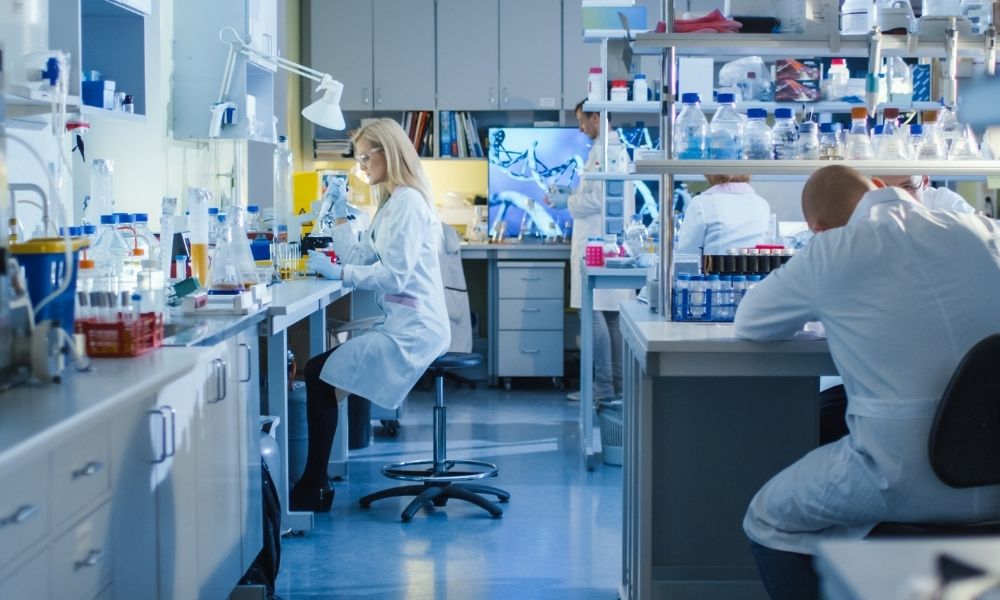The Different Types of Laboratory Cleaning Systems

Did you know that not all laboratories utilize the same cleaning systems? This is because each one is unique and has different specifications. Keep reading to discover the different types of laboratory cleaning systems, how they work, and their benefits for various laboratories.
Autoclaves
Autoclaves are special pressurized steam cleaners that sterilize medical and laboratory tools and instruments. Autoclave sterilization relies on heat to kill microorganisms that may linger on these medical and laboratory materials. The autoclaves deliver this heat through pressurized steam that kills the microorganisms but doesn’t damage the equipment. Using steam is one of the most widespread sterilization methods in the laboratory and medical fields.
Ultrasonic Cleaners
Another popular cleaning and sterilization method is using an ultrasonic cleaner in the lab space. Ultrasonic cleaners are unique because they utilize high-frequency sound waves to remove contaminants from tools and instruments. These systems have many benefits in the laboratory space. This is why so many laboratories need ultrasonic cleaners. For example, these cleaners are tough on contaminants but gentle on tools, just like the autoclave. Plus, their cleaning process is extremely efficient and time saving. These qualities are crucial in the lab space.
Labware Washers
Finally, we have labware washers. Picture these cleaning devices like a dishwasher for your laboratory glassware and other instruments. These washers use a combination of high-pressure water and steam to remove stubborn dried contaminants from laboratory materials. A labware washer helps reduce the risk of cross-contamination between experiments and lab technicians. However, the temperature range that these washers reach is generally too low to properly sanitize the materials. So a lab may need to use them in conjunction with an autoclave.
Hopefully, this brief dive into the different types of laboratory cleaning systems helps familiarize you with the equipment you’ll see in future laboratory settings. And if you’re considering adding a lab cleaning system to your own space, take its distinct functions and specifications into consideration.





